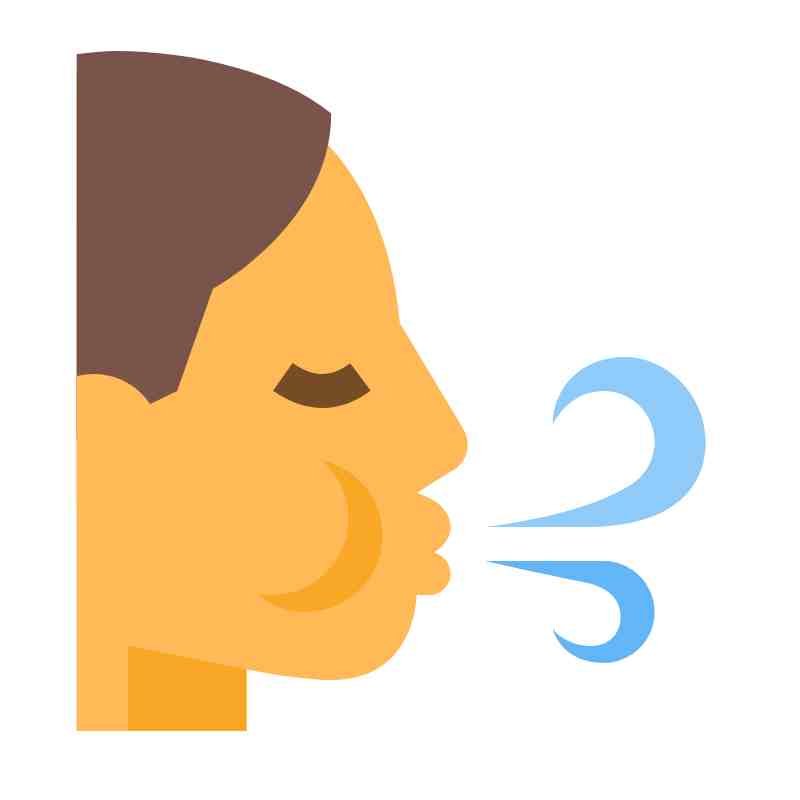The final part of our series focuses on integrating semi-occluded vocal tract exercises into your daily routine and tracking your progress. Consistency is key when it comes to vocal training, so it’s important to set aside dedicated time each day for these exercises.
Start with a brief warm-up using lip trills, straw phonation, or humming, and gradually increase the duration as your voice becomes more accustomed to the practice. Aim for at least 10-15 minutes of SOVT exercises daily, either as part of your warm-up routine or during breaks throughout the day.

Tracking
Tracking your progress can help you stay motivated and identify areas for improvement. Keep a vocal journal where you can record your daily practice, noting any changes in vocal quality, endurance, or ease of phonation.
You might also consider recording yourself periodically to listen for improvements in tone and resonance. Remember that the goal of SOVT exercises is not just to improve vocal function but also to promote vocal health. Be mindful of any signs of strain or discomfort, and adjust your practice accordingly.
By incorporating these exercises into your routine and monitoring your progress, you can achieve a stronger, more resilient voice.
Thank you for taking the time to explore SOVT through the 3-part series!
Recap
In our series on Semi-Occluded Vocal Tract (SOVT) exercises, we began by exploring the foundational principles behind these techniques, emphasizing how partially blocking the vocal tract can balance air pressure and enhance vocal function. This understanding sets the stage for improved vocal quality, endurance, and control.
In the second part, we delved into specific SOVT exercises such as lip trills, straw phonation, and humming, detailing their execution and specific benefits like relaxed vocal folds and efficient vibration.
Finally, we discussed the importance of integrating these exercises into daily routines and tracking progress through vocal journals and periodic recordings to achieve lasting improvements in vocal strength and health.

Conclusion
Whether you’re a singer, a speaker, or someone who uses their voice extensively, SOVT exercises offer a practical and effective way to enhance your vocal performance and maintain vocal health.






